Well OK OK OK, Gestalt NEARLY rhymes with Salt, but it depends a bit on where you live in the world and who taught you about it.
Anyway the question really is, what IS Gestalt and why is it important to design?
Gestalt theory came about in the 1920s when a group of German psychologists realised that our minds love to organise things because it makes them easier to understand. We tend to look at the whole rather than the individual parts, and compensate for missing information. We tend to group things together if we can, and we’re pretty good at recognising differences and similarities within a group.
These ideas are absolute gold when it comes to graphic design, but they are also fabulous for other types of design when you want to create something that’s very satisfying to look at and use.
There are five main principles – Similarity, Proximity, Closure, Continuation, and Figure and Ground.
similarity
When we see objects that are similar, we tend to see them as a group, like in these ceramic teacups. We also tend to appreciate the small differences between them more – I love these beautiful textures and small, delicate patterns.
{all images are linked to their respective sites]
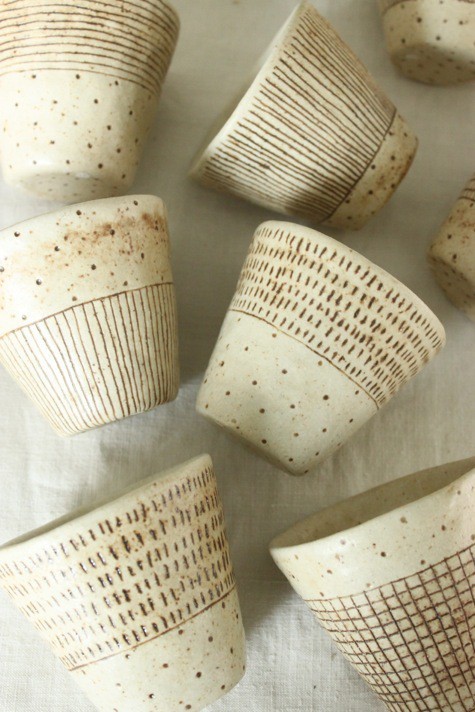
tisaneinfusion – ceramic cups (unfortunately the site is all in Japanese, so I can’t give you any more information)
It’s also a perfect principle in graphic design; for instance, using the same font throughout a piece gives it cohesion.
When there are multiple elements that are very similar and one element is obviously different this creates a disruption, which is useful for creating an interesting focal point, as in this necklace.
proximity
When elements are close together, we often perceive them as a single object, even if the elements are not the same. The effect is heightened here because of the obvious reference to another, different object.
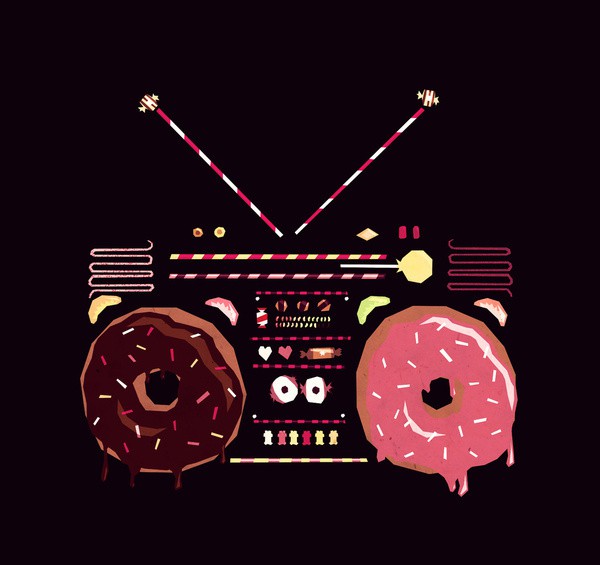
yetiland – sweet music
Likewise in graphics, you can group different types of information together. For instance on your business card, you would group all your contact information together, and separate it from the logo/company name.
continuation
This is where your eye is drawn along a line or curve, and even if there is a gap or interruption your mind will project that line and connect it to any line or object beyond to form a continuous flow. Kind of like how you see leaves along the length of vine, or a teeny weeny flower at the end of a stalk, or your eyes follow a dashed line across the page.
figure and ground
Figure and ground refers to how we interpret the 2D shapes in front of us. In most instances, we see objects (figure) on a background. However, sometimes these can be cleverly swapped to become an alternative image. Often, we can’t see them both at the same time so we constantly switch between the two.
I love this poster for its succinctness. I certainly don’t condone smoking, but Jim Jarmusch is pretty cool. And I do like coffee.
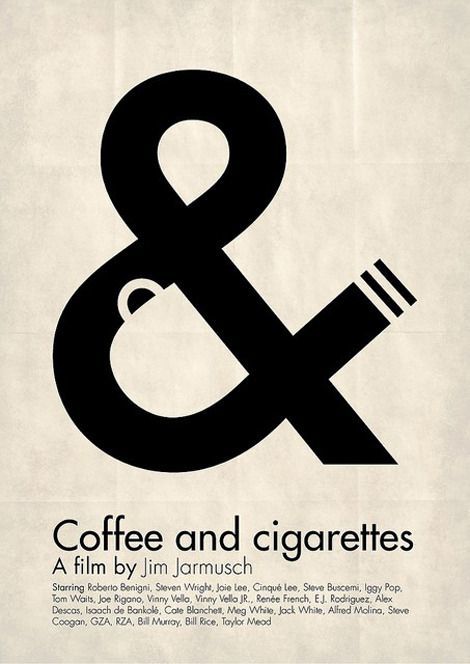
jim jarmusch poster
closure
This is definitely where our head fills in the gaps, so it can make sense of what it sees. In this wonderful illustration by Emiliano Ponzi the missing person is obvious, as is the emotion of the situation.
There’s heaps more to Gestalt of course, it’s an absolutely fascinating area of design, and so so useful in helping you make designs that are satisfying, interesting and very appealing!
*
Do you have any burning questions about Gestalt or about branding? Or you just don’t know where to start? Leave me your questions in the comments below – I’d love to hear!
Julie
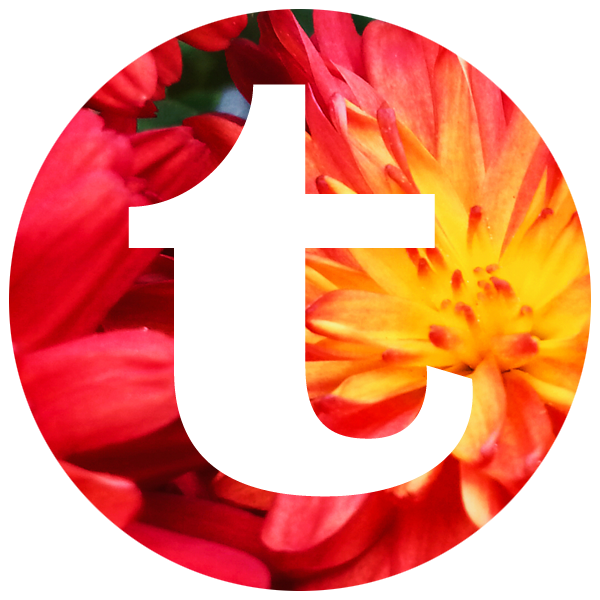
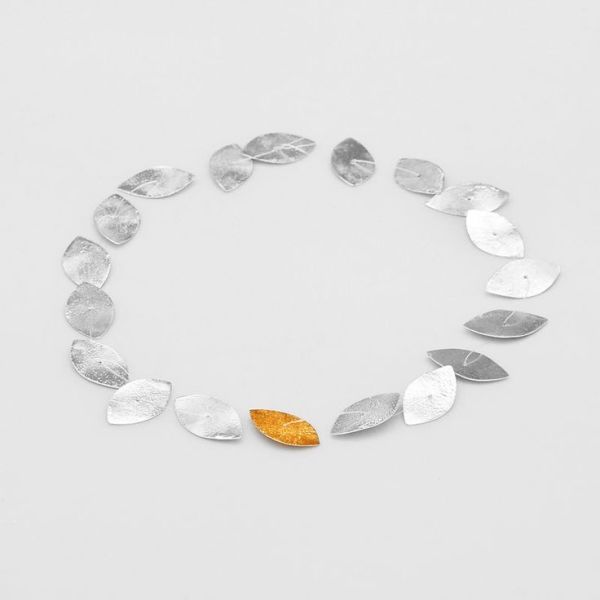
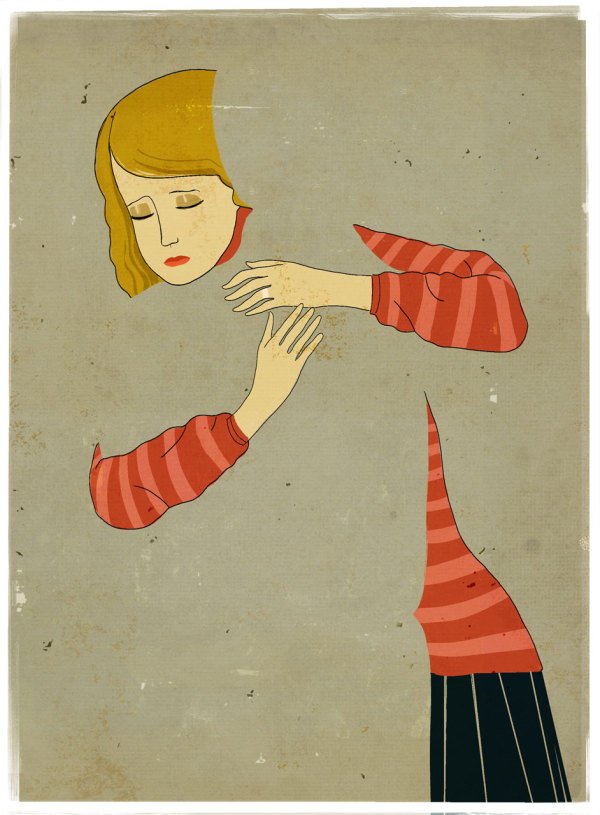
Interesting. The psychology of design..
It sure is interesting!! And vital, if you do any kind of design work. Good design ALWAYS has a purpose, and fits with/communicates that purpose well.